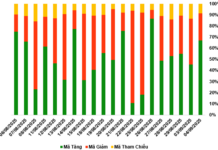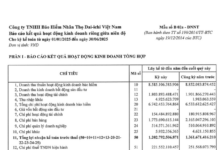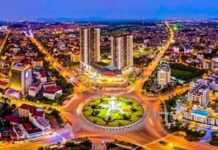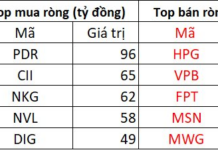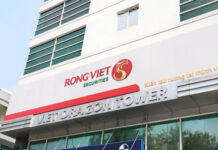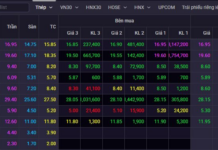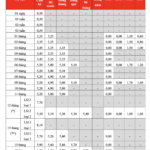Prime Minister Pham Minh Chinh just signed Resolution No 368/QD-TTg dated May 4, 2024, approving the Planning of the Red River Delta Region for the 2021 – 2030 period with a vision to 2050.
Accordingly, the scope of the Red River Delta region’s planning boundary includes 11 provinces and cities and is divided into 2 sub-regions : North of the Red River and South of the Red River.
Specifically, the northern sub-region includes: Hanoi, Hai Phong, Quang Ninh, Hai Duong, Hung Yen, Bac Ninh and Vinh Phuc, while the southern sub-region includes 4 provinces: Thai Binh, Nam Dinh, Ha Nam, and Ninh Binh.

The Red River Delta region is divided into 2 sub-regions: North of the Red River and South of the Red River.
In terms of urban system development, the Plan states that the development of public transport (according to the TOD model ) will serve as the basis for urban planning. The planning aims to relocate production facilities, some public service units and large research institutions out of the inner city to reduce the burden on infrastructure.
The Plan’s objective is to achieve a GRDP per capita of around USD 11,000 – 12,000 by 2030, at current prices; and to become a modern, civilized, ecological region with high income by 2050.
At the same time, the Plan also aims to develop cities under Hanoi and satellite towns with synchronous infrastructure, urban utilities and services, and convenient traffic connection to the center, to reduce the burden on the inner-city area and expand the development space of Hanoi.
In terms of infrastructure, the Plan focuses on investing in the development of railway lines in accordance with the national railway development plan for sections passing through the region. Gradually invest in the construction of the North-South high-speed railway line. Build regional railways, railways connecting economic zones and border gates to international gateway seaports in the Hai Phong – Quang Ninh area, prioritizing the preparation and implementation of the construction of new high-speed railway lines Lao Cai – Hanoi – Hai Phong – Quang Ninh and Lang Son – Hanoi connecting to China.
Study the development and attract investment in regional and inter-regional railway lines suitable to the needs of each stage: Coastal railway Nam Dinh – Thai Binh – Hai Phong – Quang Ninh (including the section Nam Hai Phong – Ha Long), Ha Long – Mong Cai and complete the railway lines in the Hanoi city area.
In addition, promote urban railway planning in Hanoi and localities in the region. Study and invest in urban railway lines connecting Hanoi with Bac Ninh, Hung Yen, Ha Nam, Vinh Phuc to enhance the capacity of mass public transport, connect adjacent urban areas, create urban development space and functional areas (urban development model in accordance with transport orientation – TOD).



